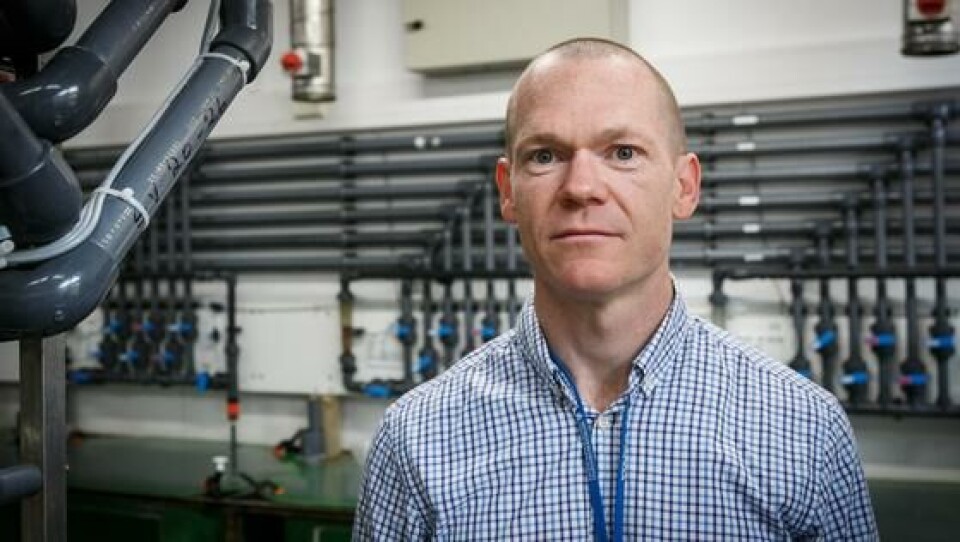
Lice 'may tolerate mechanical debugging'
Genetic variations enable different lice families to tolerate different amounts of fresh water and hot water, which are both used for delousing of farmed fish, researchers have discovered.
The findings suggest that lice will eventually be able to develop increased tolerance to these treatments so that they become less effective, according to scientists at the Institute of Marine Research (IMR) and the Sea Lice Research Centre, both based at the University of Bergen in Norway.
"Through two trials we looked at the resistance different families of lice had to treatment in fresh water and with hot water. Basically the lice can't tolerate either, therefore they gradually become common debugging methods in the aquaculture industry," said project manager Kevin Glover.
After testing several families of lice, the results between the different families were compared.
Increased tolerance
"We see a clear difference in what the various families can tolerate, hence, the lice as a species can develop increased tolerance to treatment with both freshwater and heat," said Glover.
Increased tolerance evolves with the lice that can best withstand treatment and survive it. These lice have offspring, and there are chances that the offspring are born with a higher tolerance to the treatment that parents survived. This may eventually cause the lice population to develop greater tolerance to fresh water (low salinity), and also hot water. The same process has already made lice tolerant to certain drugs.
"It is important to note that our results do not mean that lice become resistant to treatment with hot water and fresh water, but they will in all likelihood become able to tolerate it better so that treatments have reduced efficacy in the long term," says IMR director Sissel Rogne.
Different temperatures
"This is an exciting project. We are thus far the only one that has produced families of lice for such experiments, and we are the first to show that there is genetic variation for how the salmon lice can withstand different temperatures and salinity," said Rogne.
She emphasises that it is important not to exaggerate the importance of the results of this study.
"Environmental treatments of lice are still good debugging methods, but it is important to monitor the effect of these methods."
Read the full scientific article, recently published in the journal Evolutionary Applications, here.























































